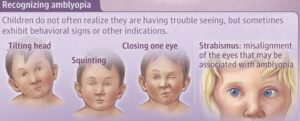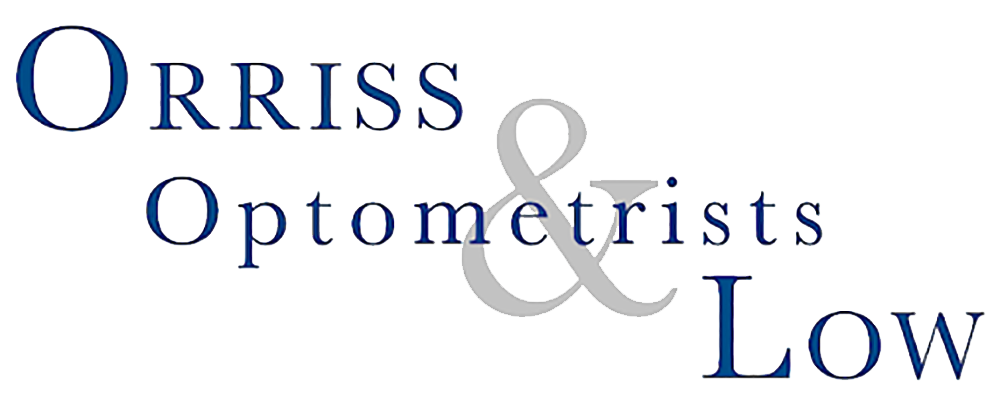Eye Examinations for Children
Patient X is 37 and came in for their first ever sight test. They told us they have had one in school but used to cheat and would always cover their good eye first so they would always get the letters right. They said the vision has been better in one eye and eventually came in for a sight test after their partner insisted.
After the examination Patient X found out they were amblyopic. This is also known as a ‘lazy eye’ it develops when there is an imbalance in the muscles that position the eyes. This imbalance can cause the eyes to cross in or turn out, and prevents them from working together.
Unfortunately it’s best to address amblyopia well before the age of 5 because the connections between the eyes and brain are still developing. Treatment past this age is possible but less effective because these connections have formed.
This is why it is important to get your children to have eye examinations. The sooner any eye problem is found, the sooner you and your child will be able to get any treatment and support needed. Children may not realise they have a vision problem so, without routine tests, there’s a risk a problem may not be spotted. This may affect their development and education.
Children under 19 & in full-time education are eligible for a NHS Sight Test. Spectacles can be subsidised for children under 19 & in full-time education.
We recommend that ALL children have an NHS Sight Test, before they start school.
Lazy eyes, colour deficiency, long-sightedness and astigmatism can easily go unnoticed.
Remediation of any problems can make a big difference to education and vision in later life.
If your child has a family history of an eye condition, a check is a good way to be reassured. Children don’t know how the world should look and very rarely complain of not seeing well.
By primary school age this age most squints and congenital prescriptions, or obvious problems will have been detected.

